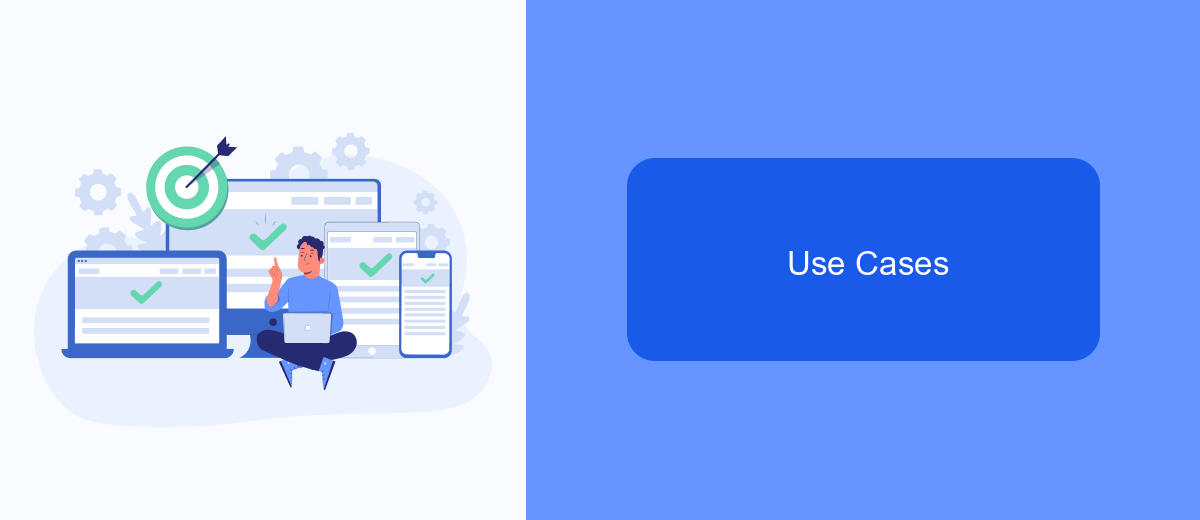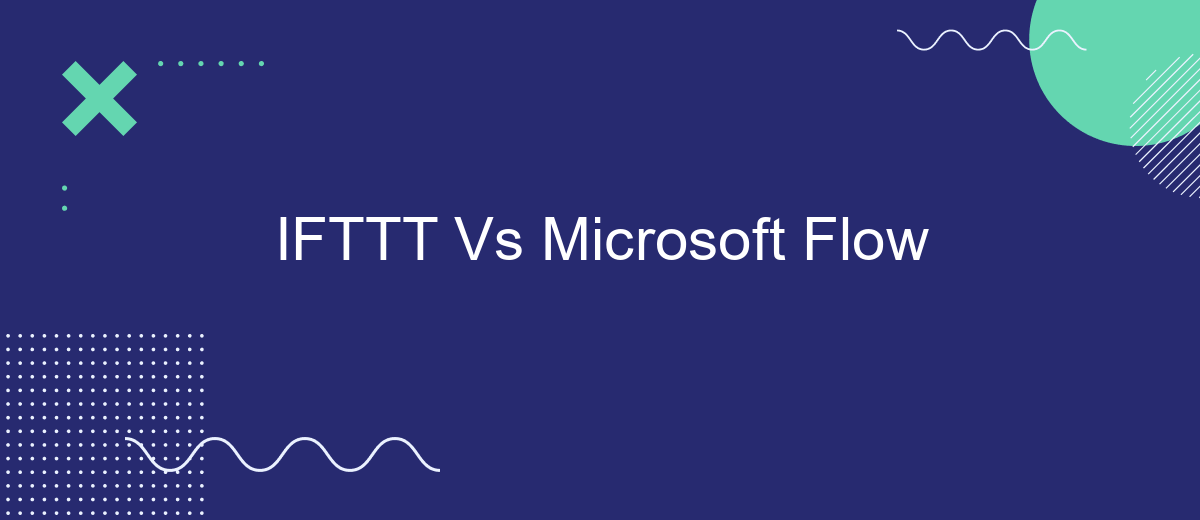In today's fast-paced digital world, automation tools have become essential for enhancing productivity and streamlining workflows. IFTTT (If This Then That) and Microsoft Flow (now Power Automate) are two popular platforms that empower users to automate tasks effortlessly. This article delves into a comprehensive comparison of IFTTT and Microsoft Flow, exploring their features, benefits, and ideal use cases to help you choose the right tool for your needs.
Introduction
In today's digital age, automation tools have become essential for streamlining workflows and enhancing productivity. Two prominent players in this field are IFTTT (If This Then That) and Microsoft Flow, now known as Power Automate. Both platforms offer powerful capabilities to connect various apps and services, allowing users to automate repetitive tasks without any coding knowledge.
- IFTTT: Known for its simplicity and user-friendly interface, IFTTT is ideal for personal use and small-scale automations.
- Microsoft Flow: Geared towards business and enterprise users, Microsoft Flow integrates seamlessly with the Microsoft ecosystem, offering advanced features and robust security.
While both tools have their unique strengths, the choice between IFTTT and Microsoft Flow depends on your specific needs and technical requirements. Additionally, services like SaveMyLeads provide even more options by offering pre-built integrations that can further simplify the automation process. In this article, we will explore the key differences, advantages, and potential use cases of IFTTT and Microsoft Flow to help you make an informed decision.
Features

IFTTT and Microsoft Flow both offer robust features for automating tasks and integrating various services. IFTTT (If This Then That) focuses on simplicity and ease of use, allowing users to create "applets" that connect multiple services with straightforward "if this happens, then do that" logic. It supports a wide range of consumer-focused applications, including smart home devices, social media platforms, and productivity tools. Users can quickly set up automations without any coding knowledge, making it accessible for non-technical individuals.
Microsoft Flow, now known as Power Automate, offers more advanced capabilities and is particularly well-suited for business and enterprise environments. It provides a more comprehensive set of tools for creating complex workflows, integrating with Microsoft 365, Dynamics 365, and other enterprise-grade services. Power Automate also supports conditional logic, loops, and parallel branches, allowing for more sophisticated automation scenarios. Additionally, services like SaveMyLeads can further enhance these platforms by providing seamless integrations and automated lead management, helping businesses streamline their workflows and improve efficiency.
Pricing

When comparing the pricing models of IFTTT and Microsoft Flow, it's essential to consider the value each platform offers. IFTTT operates on a freemium model, allowing users to create up to three applets for free, with a Pro plan starting at .99 per month for advanced features like multi-step applets and faster execution times. Microsoft Flow, now known as Power Automate, offers a more tiered pricing structure with a free plan for limited use, a per-user plan starting at per month, and a per-flow plan for organizations with higher demands.
- IFTTT Free Plan: Up to 3 applets, basic functionalities.
- IFTTT Pro Plan: .99/month, advanced features, multi-step applets.
- Power Automate Free Plan: Limited usage, basic automation.
- Power Automate Per-User Plan: /month, individual use, more features.
- Power Automate Per-Flow Plan: Organization-focused, higher capacity.
For those seeking a more tailored integration solution, SaveMyLeads offers an alternative with its own pricing tiers, focusing on simplifying the process of connecting various services. This can be a cost-effective option for businesses looking to streamline their workflows without the complexity of more extensive platforms.
Use Cases

Both IFTTT and Microsoft Flow cater to users looking to automate tasks and streamline workflows. These platforms are particularly useful for individuals and businesses aiming to integrate multiple services without extensive coding knowledge. They enable users to create automated sequences, known as "applets" in IFTTT and "flows" in Microsoft Flow.
For instance, IFTTT is often used for simple, everyday automations like syncing social media posts across platforms or triggering smart home devices. On the other hand, Microsoft Flow is geared towards more complex business processes, such as automating approval workflows or integrating CRM systems.
- IFTTT: Syncing social media posts, controlling smart home devices, receiving weather alerts.
- Microsoft Flow: Automating approval workflows, integrating CRM systems, managing email notifications.
- SaveMyLeads: Connecting various lead generation sources to CRM systems, automating data entry tasks.
In conclusion, while IFTTT is excellent for personal and simple automations, Microsoft Flow excels in handling more complex business workflows. Additionally, services like SaveMyLeads can further enhance these platforms by offering specialized integrations for lead management and data automation.
Conclusion
In conclusion, both IFTTT and Microsoft Flow offer powerful automation capabilities, each with its own strengths and weaknesses. IFTTT is user-friendly and ideal for personal use or simpler tasks, while Microsoft Flow, now known as Power Automate, provides more advanced features and is better suited for business environments and complex workflows. The choice between the two largely depends on the specific needs and technical expertise of the user.
For those looking for an alternative or complementary solution, SaveMyLeads offers a robust platform for setting up integrations with various services. It provides a user-friendly interface and powerful tools to automate lead management and other business processes. By leveraging such services, users can enhance their productivity and streamline their operations, regardless of whether they choose IFTTT or Microsoft Flow as their primary automation tool.
FAQ
What are the primary differences between IFTTT and Microsoft Flow?
Can I use both IFTTT and Microsoft Flow together?
Which service offers better integration with third-party apps?
Are there alternatives to IFTTT and Microsoft Flow for automation?
Do I need coding skills to use IFTTT or Microsoft Flow?
What do you do with the data you get from Facebook lead forms? Do you send them to the manager, add them to mailing services, transfer them to the CRM system, use them to implement feedback? Automate all of these processes with the SaveMyLeads online connector. Create integrations so that new Facebook leads are automatically transferred to instant messengers, mailing services, task managers and other tools. Save yourself and your company's employees from routine work.
